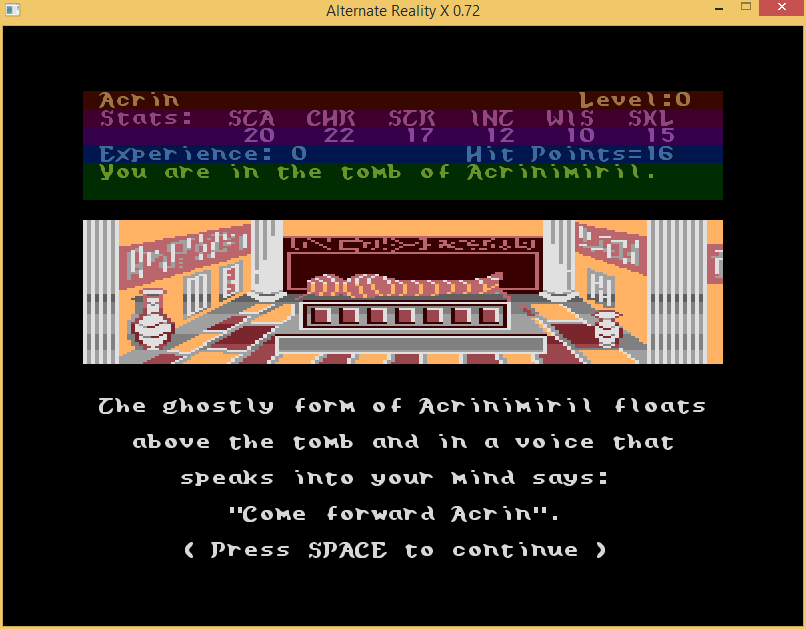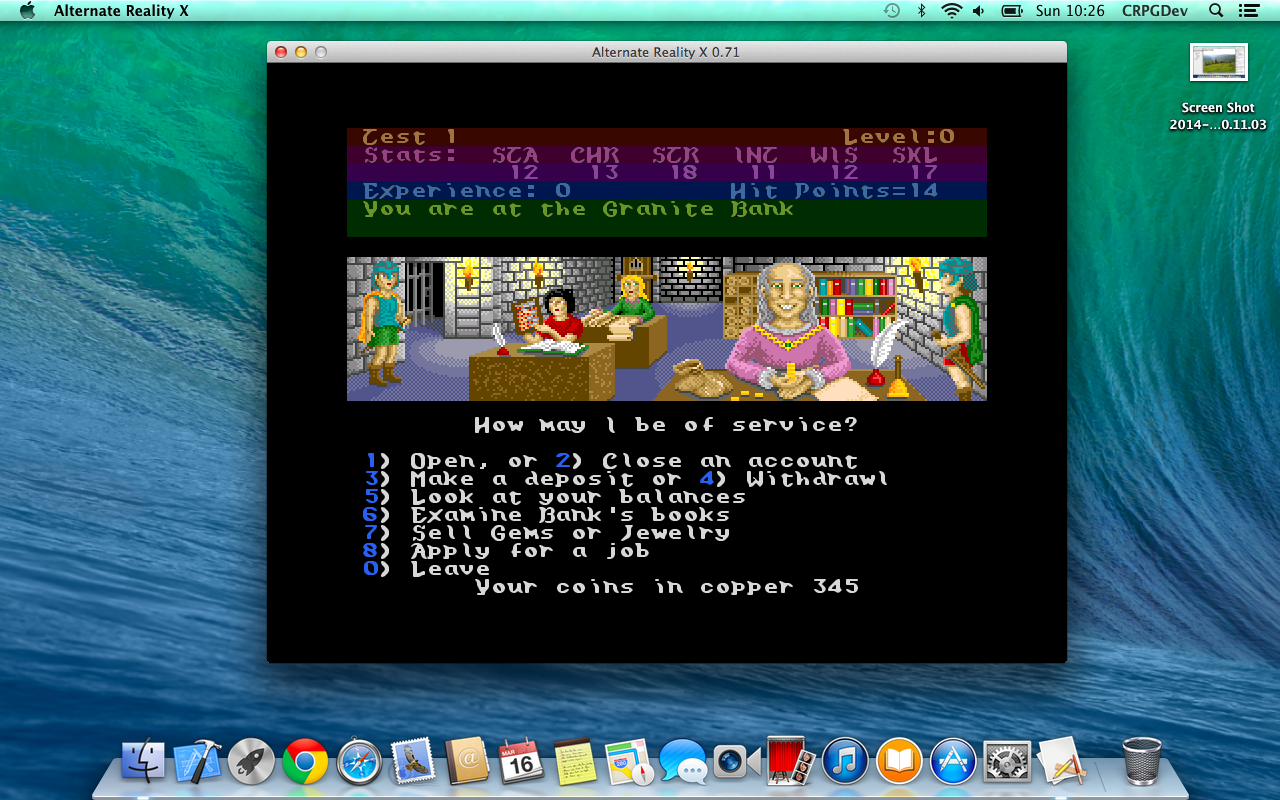CRPG DEV – The 2016 Update and future plans
January 2016 has passed but I hope you had a good Christmas / New Year or holiday. I’m sorry for not posting anything for such a long time. I’ve found it difficult to focus and use my time well to make the significant updates to Alternate Reality X which I’ve wanted to despite putting in… Read More »




